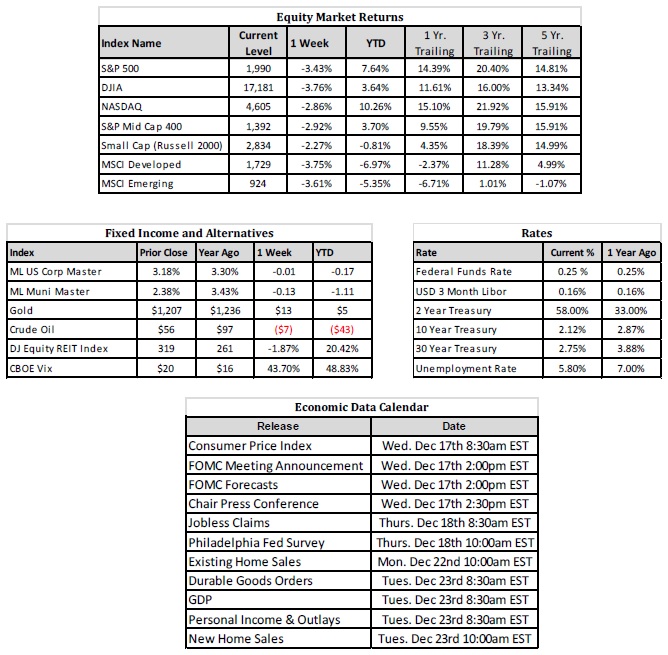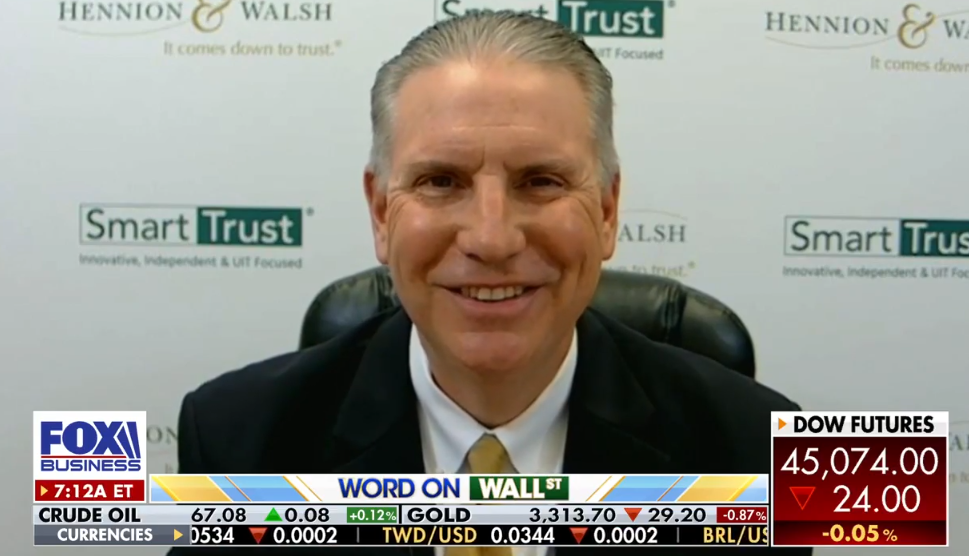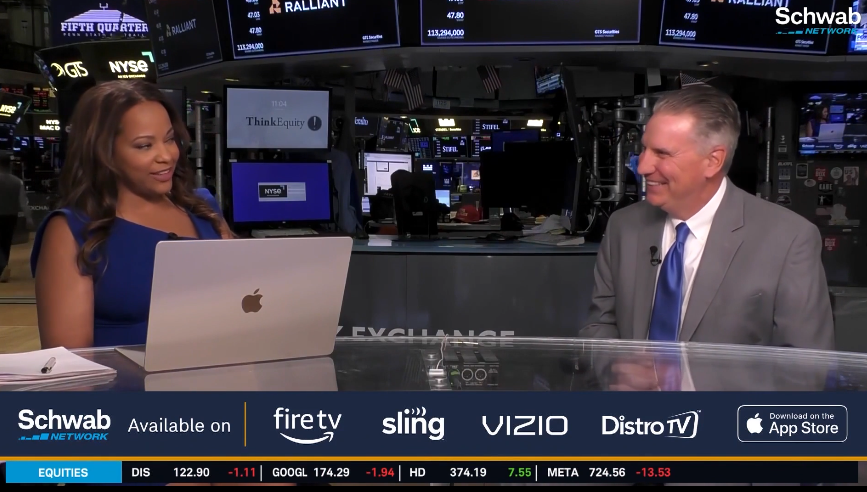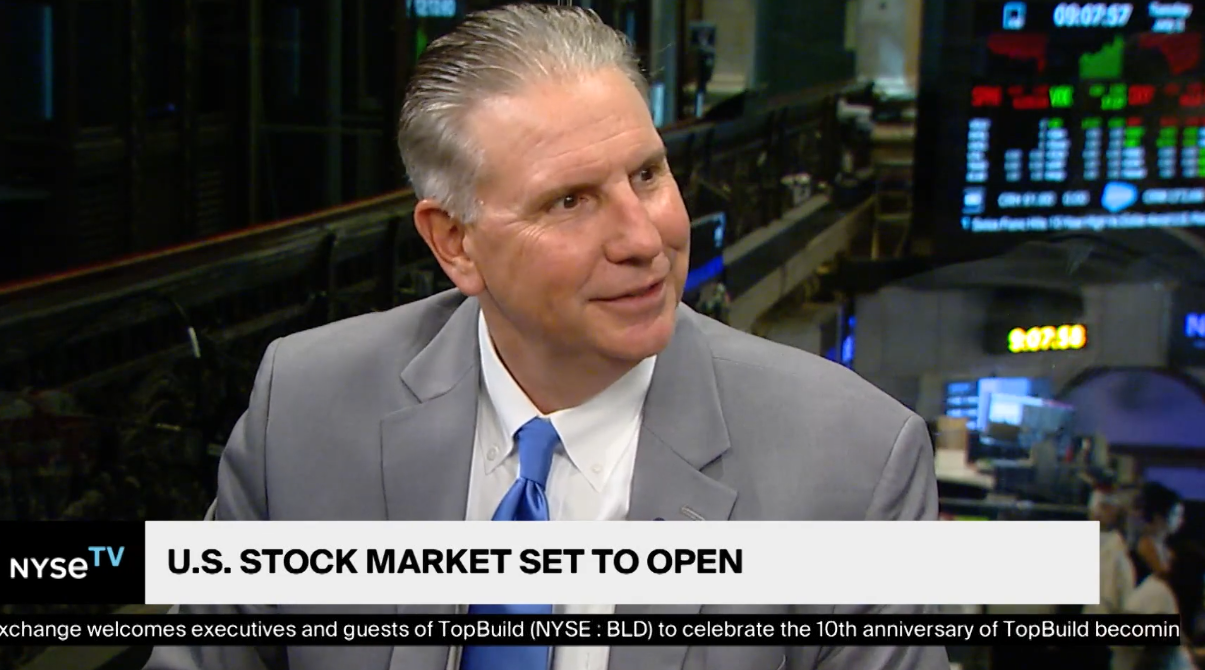
Capital Markets Update – Week of 12/15/2014
Market Overview
Sources: Rates Data and Economic Calendar—Bloomberg Markets as of 12/16/14; Equity Market Returns and Fixed Income and Alternatives Data—Wells Fargo Advisers as of 12/15/14.
Happening Now
The Ruble Weakens and Oil Slides
A combination of the western imposed sanctions and the steep decline in oil has caused the Russian Ruble to weaken to its lowest level vs. the dollar on record. As of the time of this writing it now takes 80 Rubles to purchase one dollar, putting additional pressure on Russian companies with outstanding dollar denominated debt. The amount of Russian corporate debt currently outstanding is estimated to be around $160 Billon according to Wells Fargo1.
In response to the falling Ruble, the Bank of Russia decided to increase their interest rates from 10.5% to 17%. This is often a move central banks will take to prop up the value of their domestic currency since a higher interest rate theoretically increases demand for the countries debt as investors seek to earn a higher interest rate. This interest rate hike is the largest since 1998, the same year that Russia infamously defaulted on its sovereign debt due to a confluence of economic circumstances not too unlike those we are witnessing today2.
What should be considered is how the factors hurting the Russian economy (i.e. the recent, dramatic fall in the price of oil) affect investments here in the U.S.. Of course it is no surprise the US energy sector, as measured by the ETF XLE, has seen a major decline in price, as of Tuesday December 16 it has fallen 18.5% this quarter alone. What we at Hennion & Walsh Asset Management are focused on looking forward into 2015 is the broader implications of the decline in oil prices in the US.
Oil and Gas, as an industry, makes up significantly less of GDP in the U.S. when compared to the 16% it makes up of Russia’s GDP. Morgan Stanley’s Chief U.S. Economist shows oil and gas capex make up 9% of U.S. total capex which, in turn, make up only 12% of the U.S. GDP. So, while falling oil prices will have a significant effect on a growing and symbolic U.S. sector, it currently accounts for less than 1% of total U.S. GDP3.
What is yet to be seen is how oil and gas related jobs will be affected. The EIA reports that:
From the start of 2007 through the end of 2012, total U.S. private sector employment increased by more than one million jobs, about 1%. Over the same period, the oil and natural gas industry increased by more than 162,000 jobs, a 40% increase!4
As of the end of 2012 the oil and gas industry accounted for 569,000 U.S. jobs. Again, this is a relatively small segment of the approximate 96 Million employed persons in the U.S. but does represent an increasing amount of new hires and has certainly helped the unemployment rate decline since its peak in 2009.
The U.S. consumer accounts for nearly two thirds of U.S. GDP and consumer sentiment has important implications for stock prices. As the dynamics of the U.S. employment picture continue to change, so too will our reliance on different industries. Today we are becoming increasingly dependent on the energy sector and the individuals it employs.
- http://www.cnbc.com/id/102267423
- http://www.bloomberg.com/news/2014-12-16/ruble-snaps-six-day-loss-on-surprise-rate-increase-to-17-percent.html
- http://www.businessinsider.com/energy-investment-a-small-share-of-gdp-2014-12
- http://www.eia.gov/todayinenergy/detail.cfm?id=12451
Important Information and Disclaimers
Past Performance is not a guarantee of future performance.
Investing in foreign securities presents certain risks not associated with domestic investments, such as currency fluctuation, political and economic instability, and different accounting standards. This may result in greater share price volatility. These risks are heightened in emerging markets.
There are special risks associated with an investment in real estate, including credit risk, interest rate fluctuations and the impact of varied economic conditions. Distributions from REIT investments are taxed at the owner’s tax bracket.
The prices of small company and mid cap stocks are generally more volatile than large company stocks. They often involve higher risks because smaller companies may lack the management expertise, financial resources, product diversification and competitive strengths to endure adverse economic conditions.
Investing in commodities is not suitable for all investors. Exposure to the commodities markets may subject an investment to greater share price volatility than an investment in traditional equity or debt securities. Investments in commodities may be affected by changes in overall market movements, commodity index volatility, changes in interest rates or factors affecting a particular industry or commodity.
Products that invest in commodities may employ more complex strategies which may expose investors to additional risks.
Investing in fixed income securities involves certain risks such as market risk if sold prior to maturity and credit risk especially if investing in high yield bonds, which have lower ratings and are subject to greater volatility. All fixed income investments may be worth less than original cost upon redemption or maturity. Bond Prices fluctuate inversely to changes in interest rates. Therefore, a general rise in interest rates can result in the decline of the value of your investment.
Definitions
MSCI- EAFE: The Morgan Stanley Capital International Europe, Australasia and Far East Index, a free float-adjusted market capitalization index that is designed to measure developed-market equity performance, excluding the United States and Canada.
MSCI-Emerging Markets: The Morgan Stanley Capital International Emerging Market Index, is a free float-adjusted market capitalization index that is designed to measure the performance of global emerging markets of about 25 emerging economies.
Russell 3000: The Russell 3000 measures the performance of the 3000 largest US companies based on total market capitalization and represents about 98% of the investible US Equity market.
ML BOFA US Corp Mstr [Merill Lynch US Corporate Master]: The Merrill Lynch Corporate Master Market Index is a statistical composite tracking the performance of the entire US corporate bond market over time.
ML Muni Master [Merill Lynch US Corporate Master]: The Merrill Lynch Municipal Bond Master Index is a broad measure of the municipal fixed income market.
Investors cannot directly purchase any index.
LIBOR, London Interbank Offered Rate, is the rate of interest at which banks offer to lend money to one another in the wholesale money markets in London.
The Dow Jones Industrial Average is an unweighted index of 30 “blue-chip” industrial U.S. stocks.
The S&P Midcap 400 Index is a capitalization-weighted index measuring the performance of the mid-range sector of the U.S. stock market, and represents approximately 7% of the total market value of U.S. equities. Companies in the Index fall between S&P 500 Index and the S&P SmallCap 600 Index in size: between $1-4 billion.
DJ Equity REIT Index represents all publicly traded real estate investment trusts in the Dow Jones U.S. stock universe classified as Equity REITs according to the S&P Dow Jones Indices REIT Industry Classification Hierarchy. These companies are REITSs that primarily own and operate income-producing real estate.




